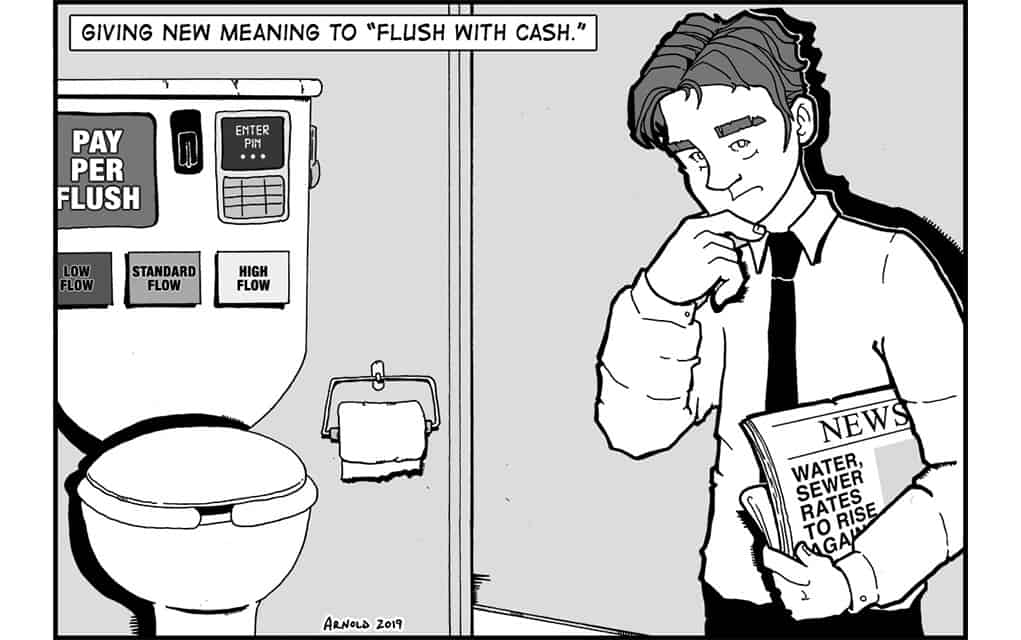;
;
;
Next Article
The View From Here: January 24th, 2019

Critics point to Canada when charging that U.S. President Donald Trump’s call for a border wall is based on racism and xenophobia. If he’s really worried about who and what is coming into the country, they ask, why not a big, beautiful wall along the northern border? It’s certainly much easier to cr
Last updated on May 03, 23
Posted on Jan 24, 19
4 min read
